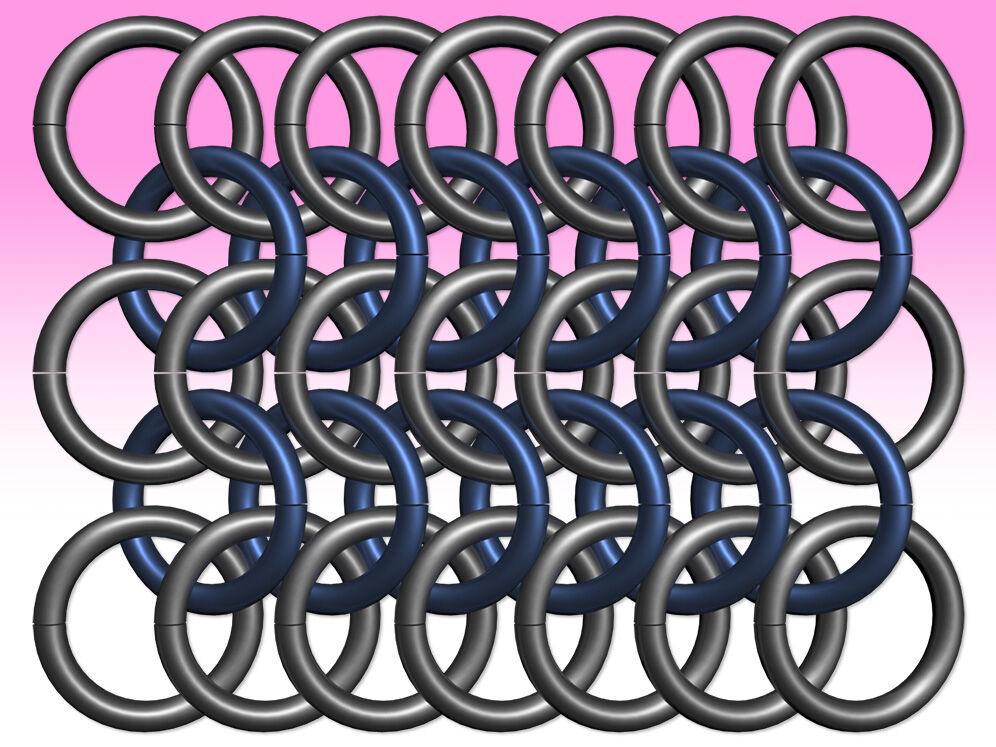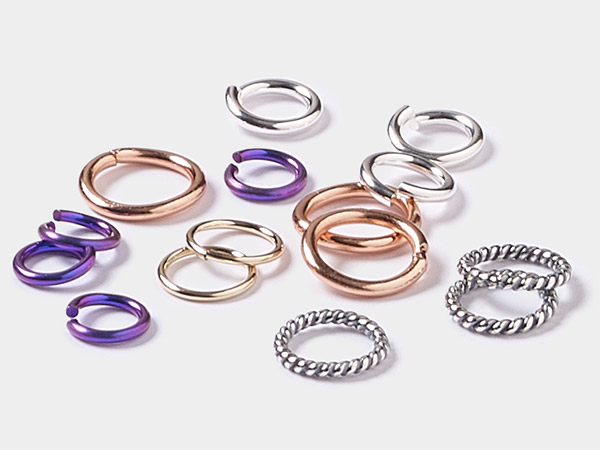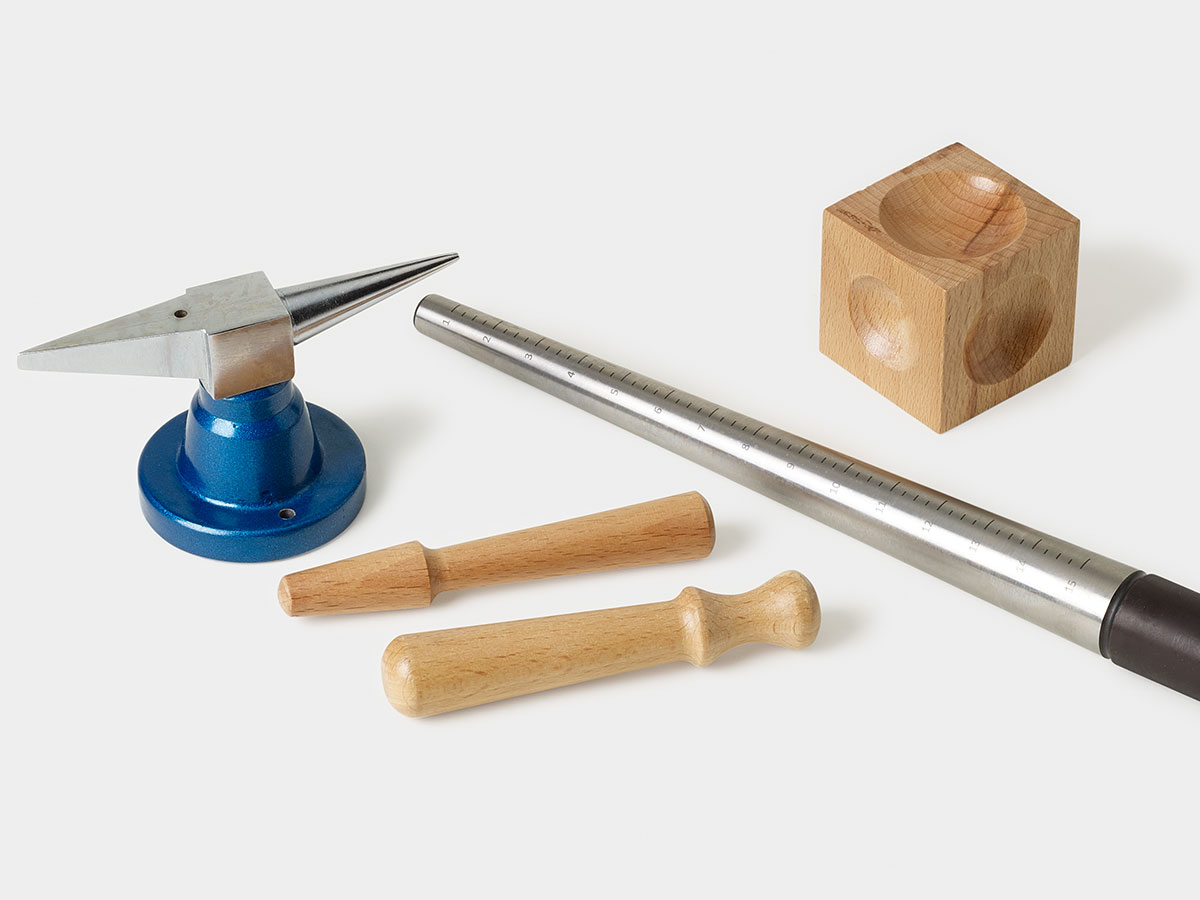Chainmaille Glossary
In this chainmaille glossary, learn common terms you'll want to know when creating chainmaille jewelry or shopping for chainmaille jewelry-making supplies. For more information and inspiration, visit the Chainmaille Weave Chart to see some of the many fascinating weaves you can learn.
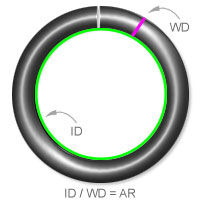
The ratio between the wire diameter and the inside diameter of a jump ring. This ratio affects the density of a chainmaille weave. Most weaves have a minimum workable AR. You can use different jump ring sizes in a weave as long as the aspect ratio is correct. Aspect ratio is determined by dividing the inside diameter (ID) by the wire diameter (WD).

Also known as Brown and Sharpe wire gauge. A form of measurement used to communicate the diameter of wire. This measurement system is predominately used in North America.

A section of grouped rings that can either stand alone or be connected to create a weave.

Also known as American wire gauge. A measurement system for wire diameter. This measurement system is predominately used in North America.
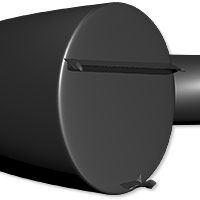
A sharp jagged point that occurs when cutting metal. These can be found on the closure of a jumpring.
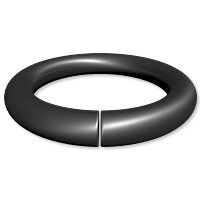
The most popular type of jumpring closure in chainmaille. This is when the two wire ends are brought together as closely as possible. Additional security, such as soldering or riveting, is not added.
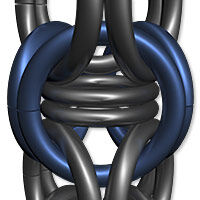
Rings that hold a captive ring in place without passing through the inner diameter.
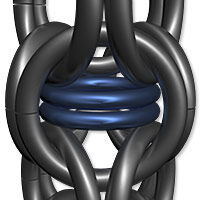
A ring not connected to other rings that is held in place by a cage.
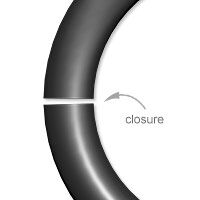
The point where the ends of a jumpring meet.

The space made when rings overlap and are leaning in the same direction. Can also be the same space when two rings are connected.
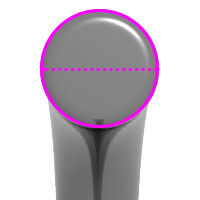
A system of measurement for wire diameter.
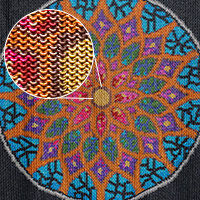
The creation of an image using chainmaille techniques. The image is created by using jumprings in different metal tones and/or colors.
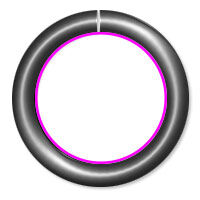
The measurement across the widest part of a jumpring as measured from the inner edges of the wire.
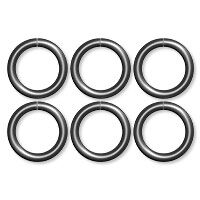
A wire ring used in jewelry making. The standard component used in chainmaille.

A tool used to create jumprings by forming wire coils.

Chainmaille that uses very small jumprings. There is no official jumpring size to qualify as micromaille, but 4mm is often cited.
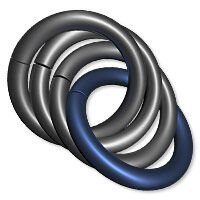
Also called a rosette. A basic unit created by at least three jumprings being linked together.
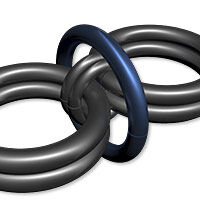
A ring that goes around jumprings, or the point where jumprings connect, without going through the jumprings.
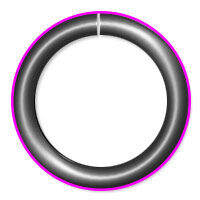
The measurement across the widest part of a jumpring as measured from the outer edges of the wire.
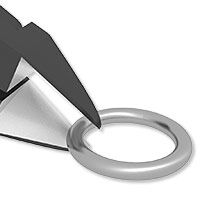
The cutting of a wire coil with a pair of cutting pliers. The wire is pinched until severed. This can leave a burr and/or a closure that is not flush.
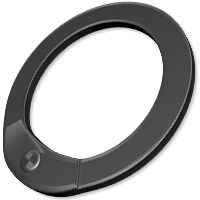
The jumprings in this technique are riveted at an overlapped closure instead of butted.

The cutting of a wire coil with a saw. This cutting technique provides a smoother closure than a pinch cut.
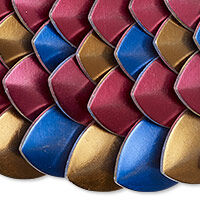
Mail with scale-shaped components added. Scalemaille is often used to create snake or dragon theme designs.
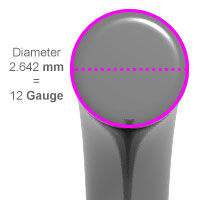
Also known as British Standard Wire Gauge and Imperial Wire Gauge. A form of measurement used to communicate the diameter of wire. This measurement system is predominately used outside of North America.
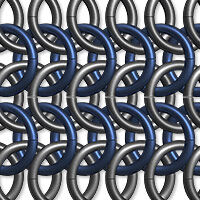
A chainmaille pattern, the repeating connection of rings in a specific way.

Wire wrapped around a mandrel into a spring-like form. When cut, individual jumprings are created.
Shop for Your Materials Here:
Copyright Permissions
All works of authorship (articles, videos, tutorials and other creative works) are from the Fire Mountain Gems and Beads® Collection, and permission to copy is granted for non-commercial educational purposes only. All other reproduction requires written permission. For more information, please email copyrightpermission@firemtn.com.
